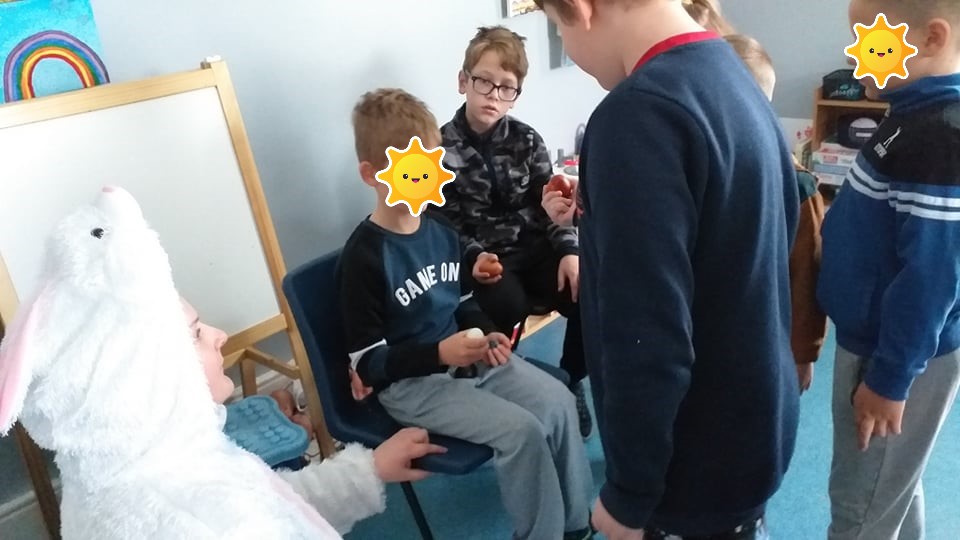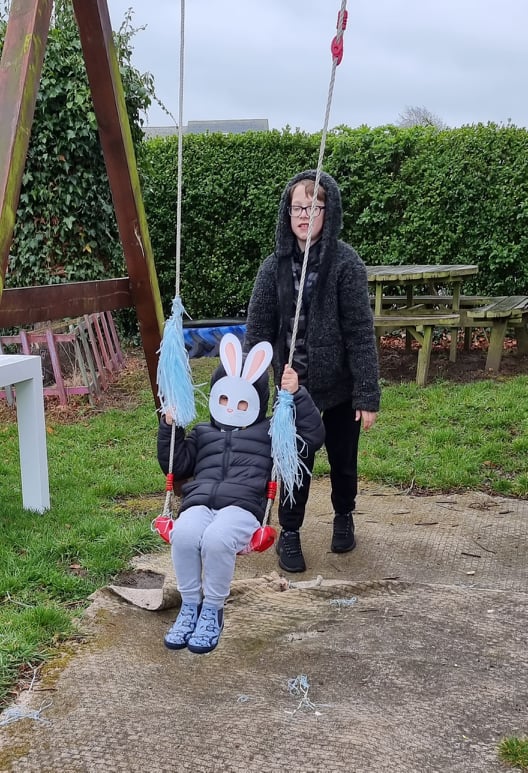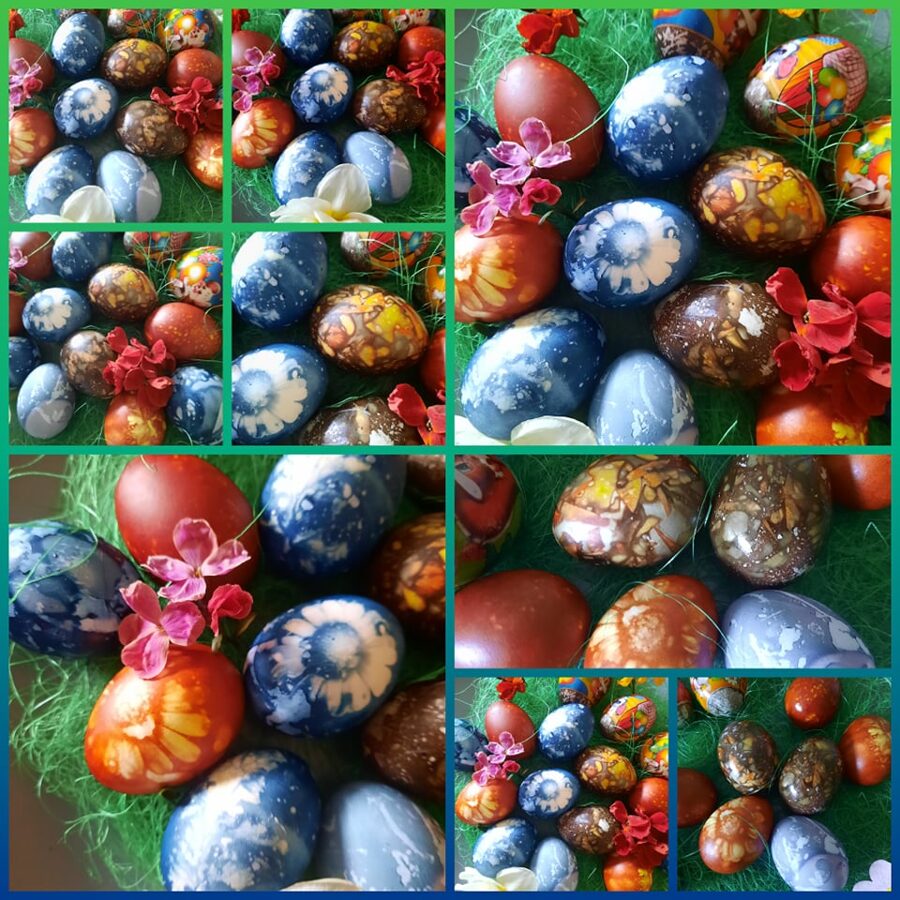“Lieldienas”- Latvian Easter
Lieldienas was traditionally the celebration of the spring equinox (March 22nd); however, once Christianity took hold, this festival became associated with Easter and now is celebrated on the date on which Easter Sunday falls.
In Latvian Lieldienas is a compound word which literally means “big days”: liel-(as) “big” + dienas “days”. Some people assume this refers to the fact that the amount of sunlight is increasing, and the “day” is now “bigger” (i.e. longer) than it was in the wintertime.
In any case, Lieldienas was a “big” celebration of dancing, singing and gaiety, and was celebrated for three full days (and, in some areas, for four). On the first day, the Latvians arose early and rinsed their faces in running water. Symbolically scattering evil, adults scared birds away from the homes and surroundings, because birds symbolized bad luck and illness and with shooing the birds away you also got rid of all the bad luck and illness.
One of the older traditions associated with Lieldienas is building a swing (preferably on a tall hill), and swinging on it as high as possible. This appears to be a magical tradition; some say that by swinging high in the air, it encourages the sun to keep rising higher and higher in the sky as spring progresses. It was also common to keep swinging one week after Easter and then the swing had to be burned so that witches couldn’t swing on it.
Latvians have a treasury of folk songs called ”Dainas” and one can find many different folk songs about Easter. It’s not surprising that in days gone by there is no mention of colouring eggs because most Latvians colour eggs by boiling them in onion skins and tying different materials around the eggs before boiling which will make patterns on them. However, there are folk songs which mention eggs of gold, silver and white. If Latvians stick to known traditions what they do is they take a piece of cloth and say in one cloth they put some birch tree leaves then tie this to the egg and it will leave a pattern in the dark brown color which they get from the onion skins and you could use a fir branch which will give some green, some flower petals or even tie up the egg with colorful wool string. There is a belief that in ancient times magicians would color Easter eggs and then put them under a horse’s or other animal’s trough to do harm to the animals or put a spell on them. It was a well known fact that people believed this in the old days and were very afraid of that kind of magic eggs. It was also thought that there was something mystic about the water in which the eggs were boiled and it was thought that this water could do things like keep hawks away from baby chicks which had been born in the spring. Another thing that concerned country folks was that if they saw that the egg shell peeled well and easy then there would be a good linen harvest and if the eggs peeled badly the linen would not grow well.
Some other beliefs were:
If someone stole someone else’s Easter eggs they would have nothing but be just as plain as an egg.
If someone ate an Easter egg without salt they would tell lies all summer long.
At Easter you had to exchange your Easter eggs with someone else’s Easter eggs or your hens wouldn’t lay anymore eggs and chicks wouldn’t hatch.
If a young girl gave a boy two eggs it meant she didn’t like him, if three eggs it meant there was a chance she liked, four eggs meant she didn’t like him but since he was rich she would belong to him and five eggs meant she loved him.
A tried and true tradition in any Latvian household even these days is fighting or banging with the Easter eggs. Each person takes an Easter egg in their hand and thinks of a wish. Then they hit the tops of the eggs against each other. The person whose egg doesn’t crack will get his or her wish first. There were also egg rolling contests. Decorated eggs are rolled down slopes in grassland or forest – the contestant whose egg rolls furthest is the winner – and eggs are eaten after the game (if not broken).
Happy Easter! – Priecīgas Lieldienas!


